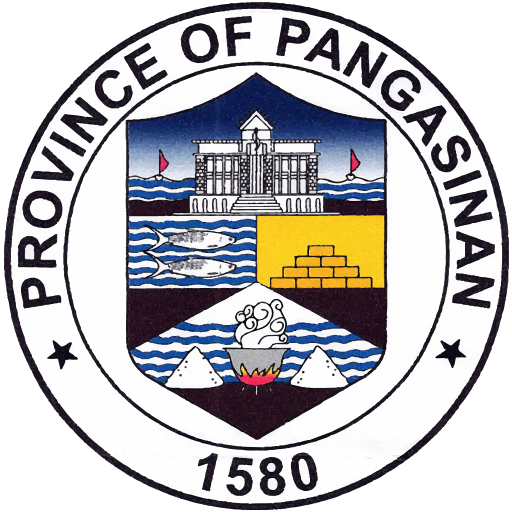San Manuel
The town was named after Don Manuel Sequig, the founder and leader of the settlers who explored the virgin forest from the bank of the Agno River towards the grassy lands of the west to the foot of the Cordillera Mountains in the north. When San Manuel became a town in 1614, the site of the Poblacion was in Pau (now known as Curibetbet). The inhabitants thought of erecting the first church and convent in 1688. It was also the same year that Asingan was laying out its town site in a place called Sinapog. In 1720, the church and convent built in Pau were burned down and the people believed it to be a bad omen so they abandoned the site and went to Sinapog to live. Thus, San Manuel was absorbed by Asingan for the first time. However, some of the inhabitants moved westward to the place called Guiset, a name given to San Manuel which was derived from the great bamboo thickets that were plentiful in the area during the time. In 1860, San Manuel separated from Asingan and became a town for the second time.
Now, San Manuel is known for its man-made structure, the San Roque Multi-Purpose Dam Project or the San Roque Power Corporation which is the second largest dam in Asia.
Contact Information
Tourism Officer: Mr. Emmanuel Giovanni Perez
Contact Number: 565-3839 / 565-3217


